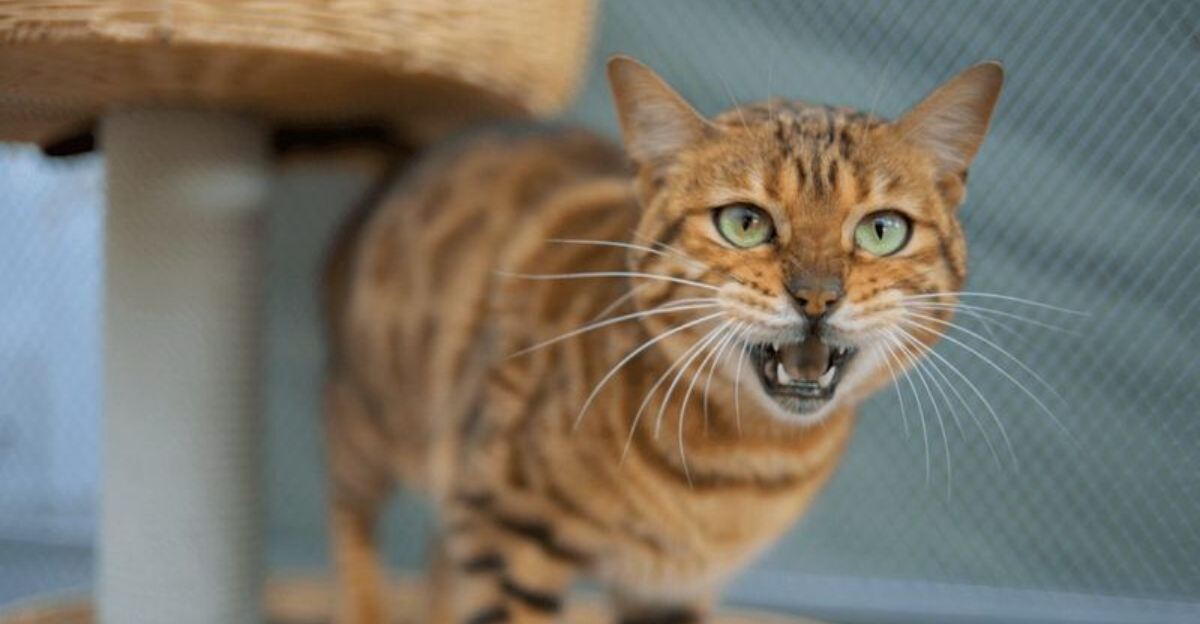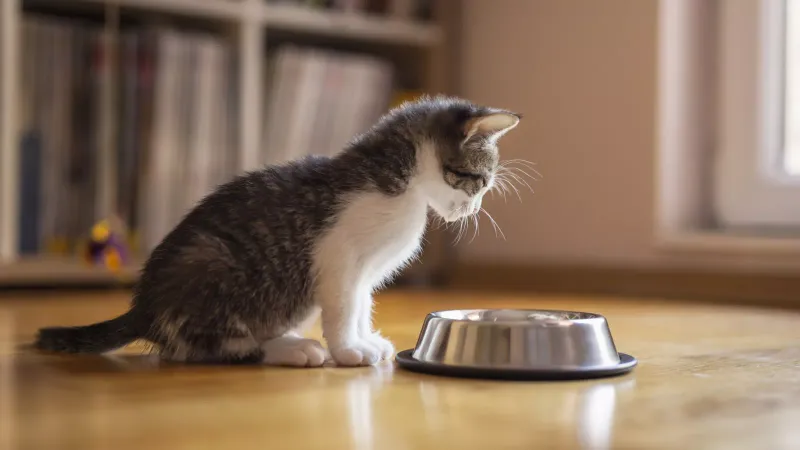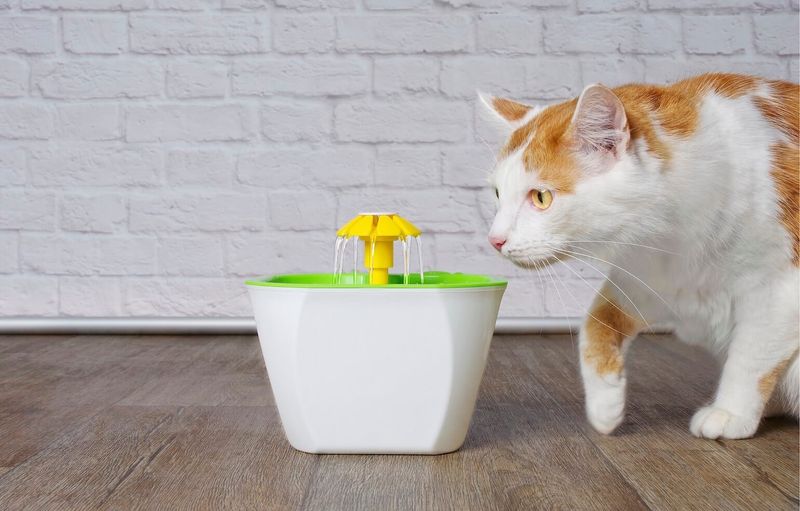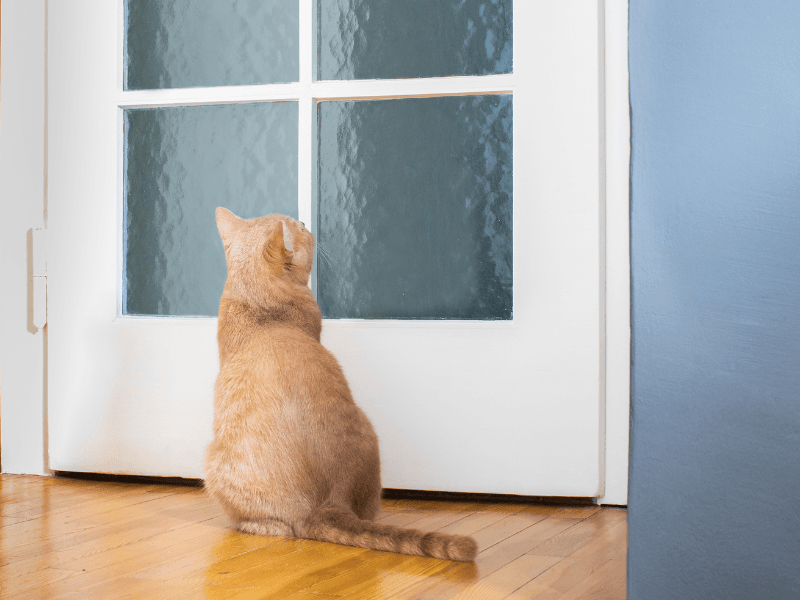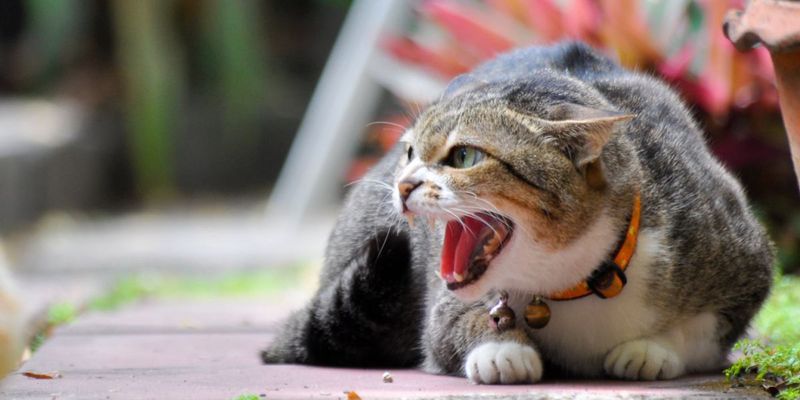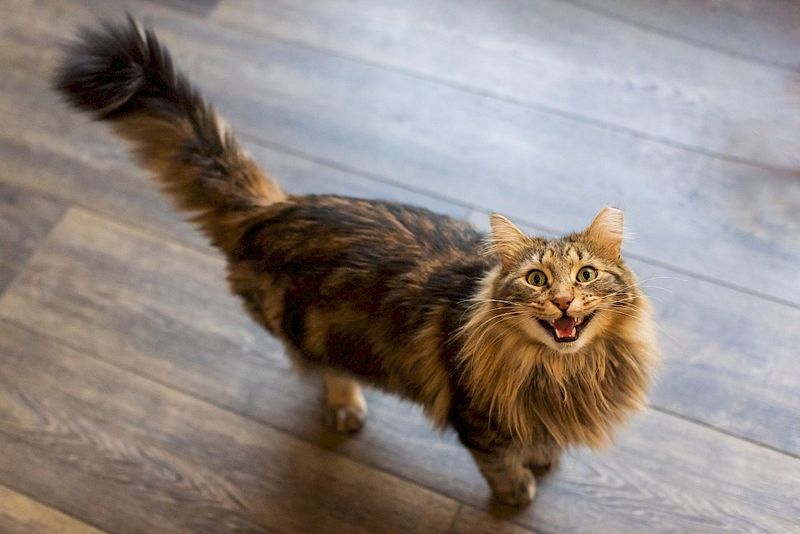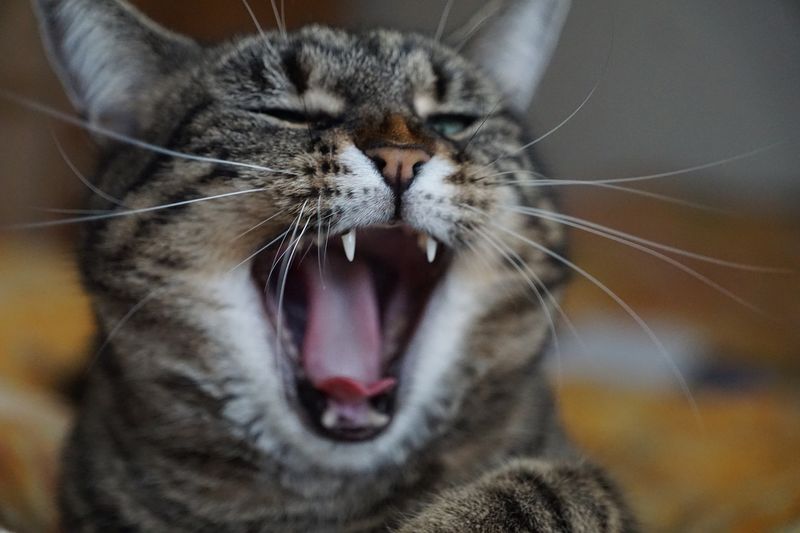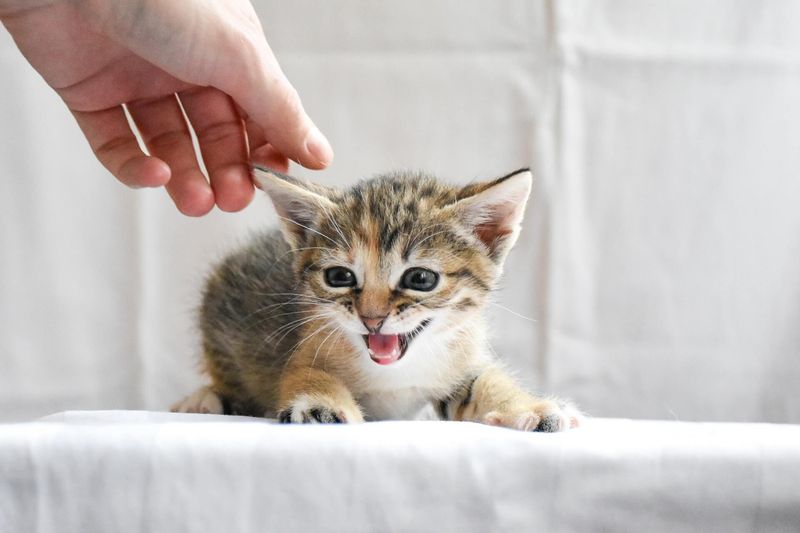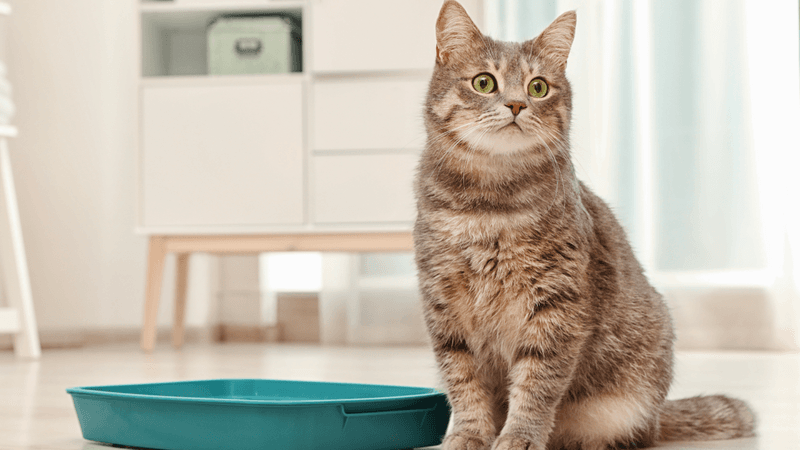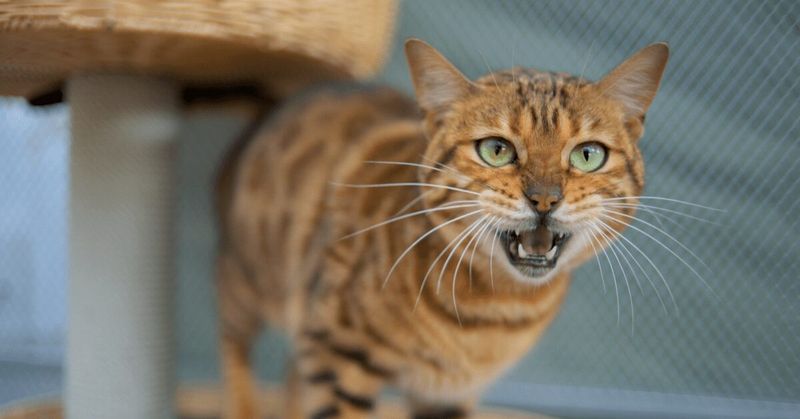📖 Table of Content:
A sudden spike in vocalization from a cat often signals more than just random noise. Meowing is a cat’s main tool for communicating with humans, and changes in this behavior usually carry meaning. When a quiet feline becomes unusually talkative, it’s worth paying attention.
Cats don’t meow at each other in adulthood—they save that form of communication for people. Increased vocal behavior can reflect anything from hunger or boredom to stress or discomfort. Each sound, pitch, and frequency offers clues to what the cat might be feeling.
Recognizing these vocal cues can make it easier to meet a cat’s emotional or physical needs. Responding appropriately builds trust and reduces frustration on both sides. A well-understood cat is a happier, more secure companion.
1. Hunger Strikes
Food is a top priority for cats. When their bowl is empty, many felines become vocal alarm clocks that won’t stop until you fill their dish. This behavior is especially common before regular feeding times.
Some clever cats learn that meowing gets them treats or meals faster, reinforcing this noisy habit. If your cat circles their food area while crying out, they’re likely telling you it’s dinner time.
Try establishing regular feeding times to reduce food-related vocalizations. Automatic feeders can also help by providing meals at consistent times without your intervention.
2. Thirst Alert
Cats evolved from desert animals and don’t always drink enough water naturally. When their water bowl is empty or not fresh enough for their liking, they might start meowing to get your attention.
Fresh, clean water is essential for your cat’s health. Some felines are particularly picky about water quality and will refuse to drink from bowls that haven’t been recently refreshed.
Running water often attracts cats more than still water. Consider a pet fountain that continuously circulates and filters water – many cats find this more appealing and will meow less about their thirst.
3. Door Opener Service
Few things irritate a cat more than a closed door. The mystery of what lies beyond becomes instantly irresistible, prompting persistent meowing until access is granted.
This behavior stems from natural curiosity and territorial instincts. Cats feel entitled to inspect every inch of their domain and become frustrated when barriers prevent this.
The solution isn’t always as simple as opening every door. For rooms that must remain off-limits, providing alternative enrichment like window perches or cat trees can help redirect their attention and reduce door-related meowing.
4. Attention Seeking Behavior
With perfect timing and expressive voices, cats know just how to get humans to respond. Those insistent meows are less a request and more a friendly command for interaction. “Let’s play,” they seem to say, over and over again.
Many cats learn that meowing works wonderfully to get pets, playtime, or just your gaze. This is especially true if you’ve inadvertently rewarded this behavior in the past by responding immediately.
Set aside dedicated play sessions daily to fulfill their need for interaction. Interactive toys can also keep them occupied when you’re busy. Remember not to respond to every meow – sometimes strategic ignoring helps break attention-seeking patterns.
5. Mating Calls
Unspayed female cats in heat produce distinctive yowling sounds that can be startlingly loud and persistent. These mating calls typically last 4-10 days and can repeat every three weeks during breeding season.
Male cats aren’t quiet either. Unneutered males will vocalize when they detect a female in heat, even from surprising distances. These calls often sound more urgent and desperate than regular meows.
Spaying or neutering your cat is the most effective solution for this type of vocalization. Beyond stopping the noise, it prevents unwanted litters and reduces the risk of certain health problems and territorial behaviors.
6. Stress or Anxiety
Routine is a source of comfort for cats, and disruptions rarely go unnoticed. Shifts in their environment—whether it’s a new pet, a moved litter box, or a different furniture layout—can spark anxious meowing.
Your feline friend might vocalize more when feeling insecure or threatened. This is their way of expressing discomfort with the situation and seeking reassurance from you.
Creating safe spaces where your cat can retreat helps reduce stress-related meowing. Cat pheromone diffusers like Feliway can also have a calming effect. Maintain consistent routines during periods of change to help your cat feel more secure in their environment.
7. Pain or Illness
Cats are masters at hiding discomfort, but when pain becomes significant, they may vocalize more frequently. These meows often sound different from their normal communication—more urgent, lower-pitched, or strained.
Common health issues that cause increased meowing include urinary tract infections, arthritis, dental problems, and hyperthyroidism. Senior cats, especially, may become more vocal when experiencing age-related discomfort.
Any sudden change in vocalization patterns warrants a veterinary visit. Record your cat’s meowing on your phone if possible, as this can help your vet assess the situation. Early intervention for medical issues can prevent suffering and improve treatment outcomes.
8. Cognitive Decline
Senior cats sometimes develop feline cognitive dysfunction, similar to dementia in humans. This condition can cause disorientation and increased vocalization, particularly at night when confusion tends to worsen.
Affected cats may meow loudly in unfamiliar-seeming rooms or stare at walls while vocalizing. They might forget they’ve been fed and cry for food repeatedly, even with a full bowl nearby.
Night lights can help reduce disorientation after dark. Maintaining strict routines provides security for cognitively impaired cats. Your veterinarian may recommend supplements or medications that can slow cognitive decline and reduce associated vocalizations while improving your aging cat’s quality of life.
9. Boredom Blues
Without enough stimulation, cats quickly grow restless. When their world feels too quiet or dull, they may turn to constant meowing as a form of protest. It’s their way of saying, “I’m bored—entertain me!”
Indoor cats especially need environmental enrichment to prevent boredom-related behaviors. Without proper stimulation, they may develop anxiety or depression that manifests as increased vocalization.
Rotating toys keeps things fresh and interesting. Window perches with bird feeders outside provide natural entertainment. Consider puzzle feeders that make mealtime more challenging and engaging. Even 15 minutes of interactive play daily can significantly reduce boredom-related meowing and improve your cat’s overall wellbeing.
10. Greeting Rituals
Returning home often sparks a joyful chorus from social cats. Their meows are heartfelt hellos, expressing excitement and affection. Breeds like the Siamese wear their emotions loudly and proudly.
These greeting vocalizations are usually accompanied by positive body language – tail held high, perhaps with a little quiver, and rubbing against your legs. Unlike problem meowing, this behavior typically stops once you’ve properly acknowledged their greeting.
This type of vocalization is perfectly normal and healthy. Consider yourself lucky to have such an expressive and affectionate feline friend who’s genuinely happy to see you after your absence.
11. Territorial Disputes
Territory means everything to a cat, and they don’t take intrusions lightly. A glimpse of another animal outside the window can trigger a flurry of meows meant to warn off the invader—or alert their human backup. It’s a vocal defense of their domain.
These territorial meows often sound different from regular communication – they may include growling, yowling, or chattering elements. Your cat might pace nervously while vocalizing, with their attention fixed on the window or door.
Drawing blinds or curtains can help if outdoor animals are triggering this behavior. For multi-cat households experiencing territorial tension, providing multiple resources (litter boxes, food stations, perches) throughout the home reduces competition and associated vocalizations.
12. Litter Box Problems
When it comes to their litter box, cats are picky critics. If cleanliness isn’t up to par or the location feels off, expect some vocal feedback. Their meows often translate to, “This just isn’t right.”
Medical issues like urinary tract infections can also cause litter box-related vocalizations. Cats may meow before or during attempts to use the box if they’re experiencing pain or discomfort.
Clean the litter box daily and completely replace litter weekly. Provide one more box than the number of cats in your household. If meowing around the litter box is accompanied by straining, frequent attempts to urinate, or other unusual behaviors, consult your veterinarian promptly.
13. Breed Tendencies
Some cat breeds are simply more talkative by nature. Siamese, Burmese, Oriental Shorthairs, and Bengal cats are notorious for their conversational tendencies and distinctive vocal styles.
These chatty breeds were historically bred for their vocal traits. Siamese cats, for instance, have a long history as royal companions in Thailand, where their vocalizations were considered charming and entertaining.
If you’ve adopted one of these vocal breeds, excessive meowing might just be part of their personality. While you can’t completely change their talkative nature, consistent responses that don’t reward excessive noise can help moderate the volume. Appreciate their communicative nature – it’s part of what makes these breeds special!
14. Environmental Changes
A cat’s world is built on familiarity, so disruptions can rattle their nerves. Unfamiliar sounds, new faces, or rearranged spaces might spark nervous vocalizations. Those anxious meows are their way of coping with uncertainty.
Even subtle environmental shifts like new smells, changes in household routine, or seasonal variations can unsettle sensitive cats. They may vocalize more as they try to make sense of these changes or express their discomfort.
During periods of change, maintain as much consistency as possible in feeding and play routines. Provide familiar bedding and hiding spots where your cat can retreat. Gradually introduce changes when possible, and use pheromone products to create a sense of security during transitions.
